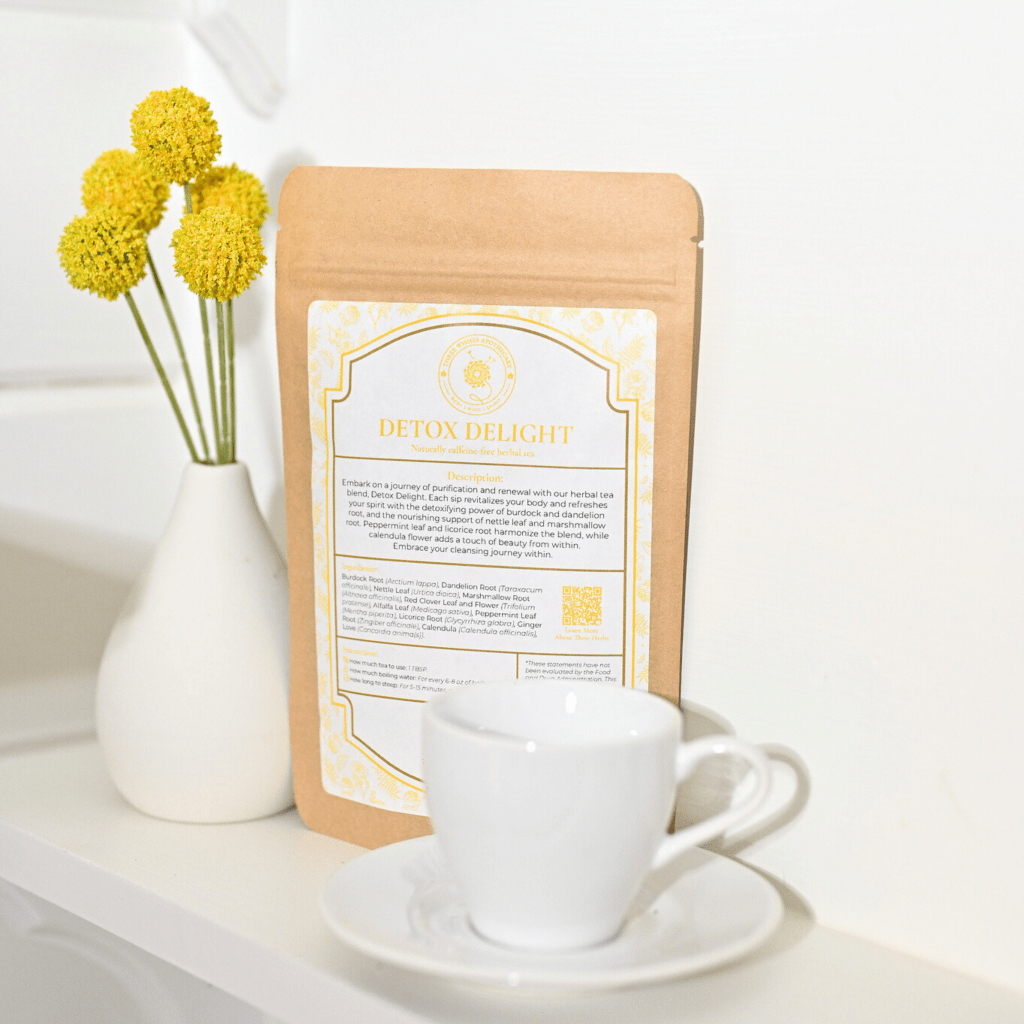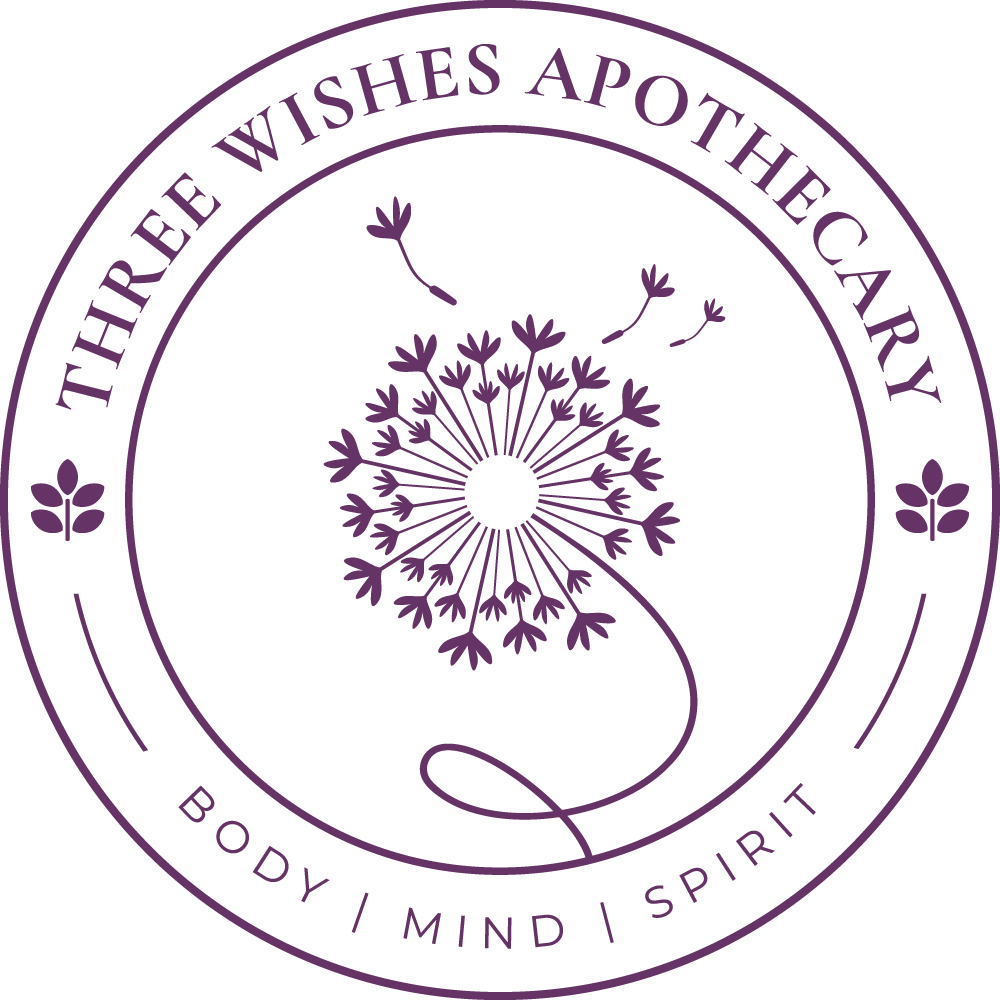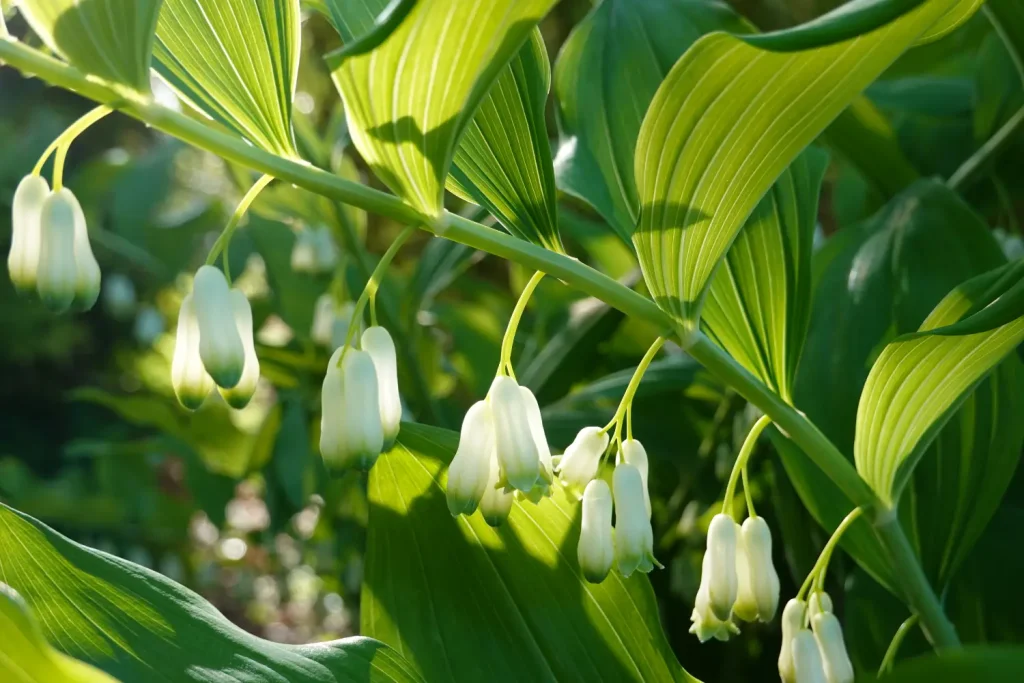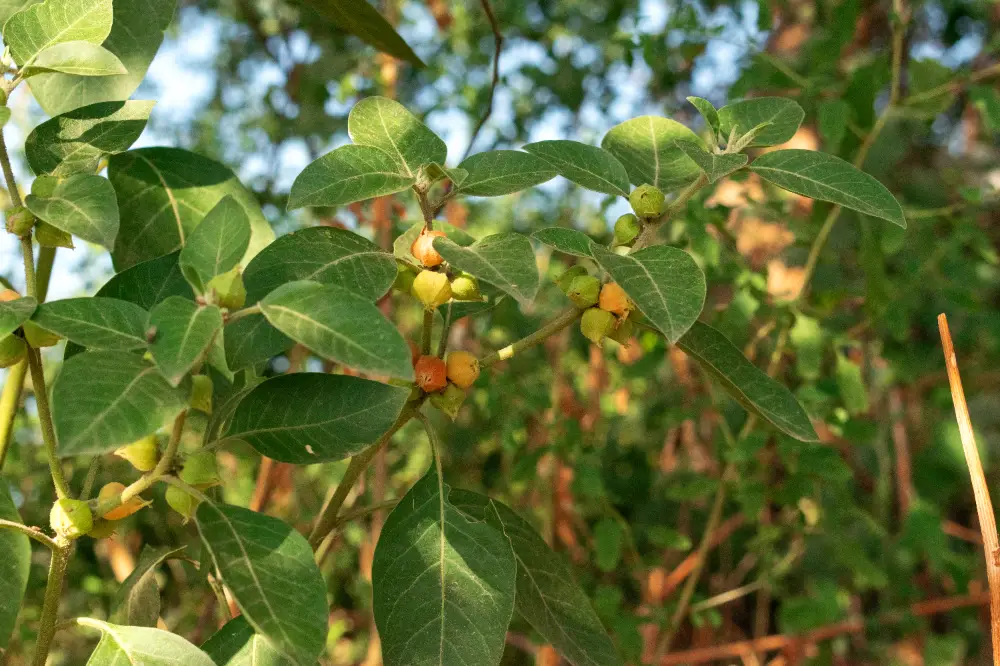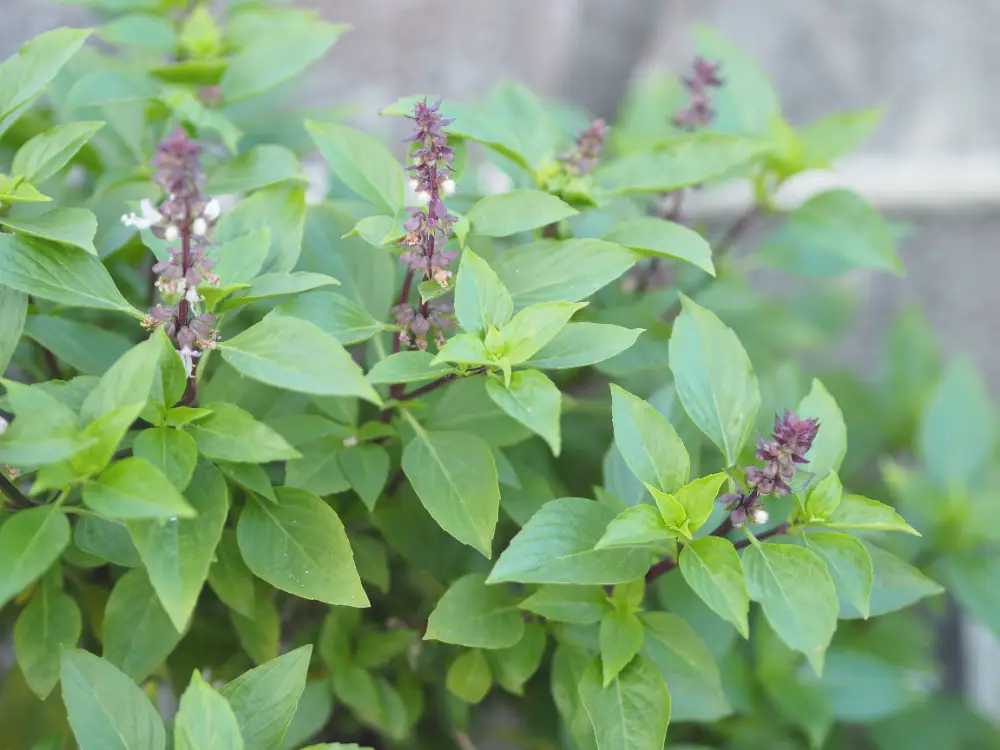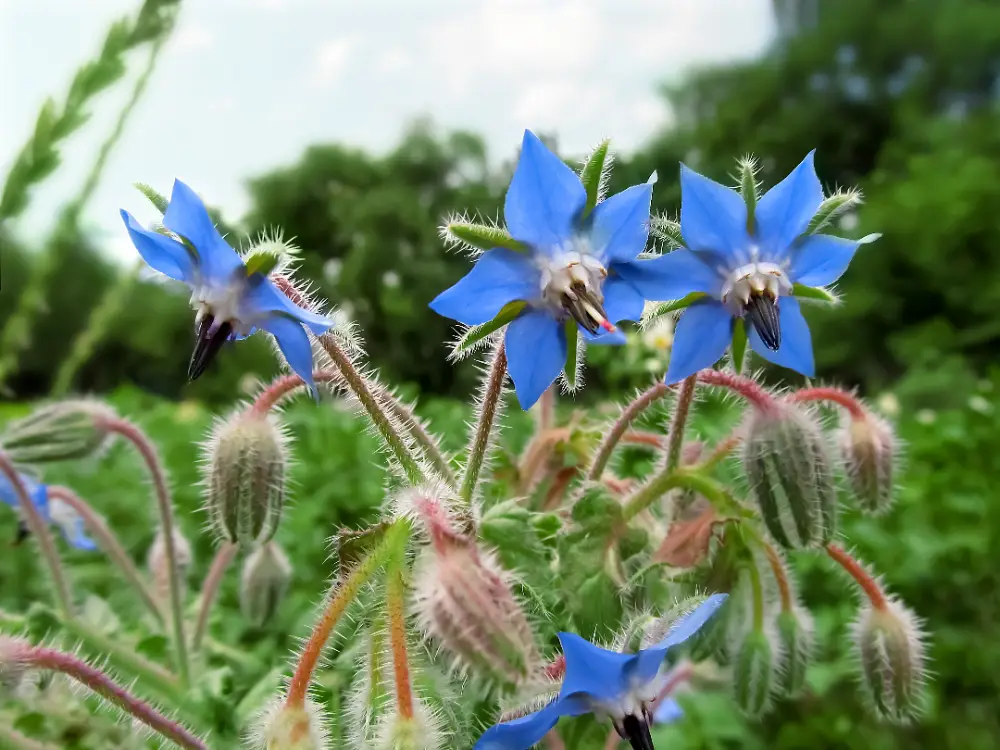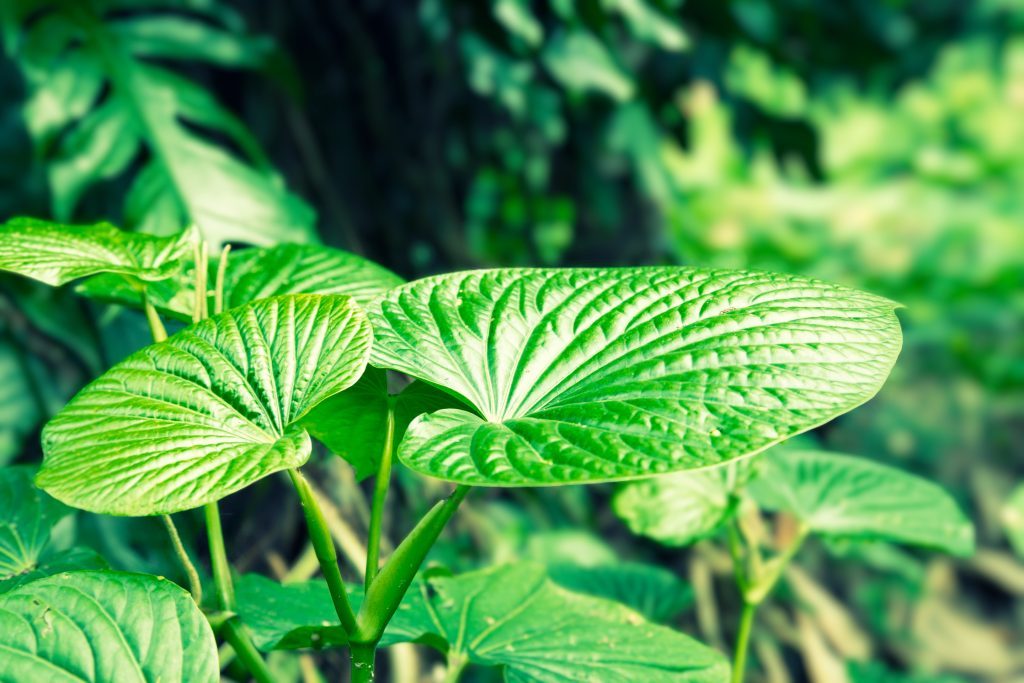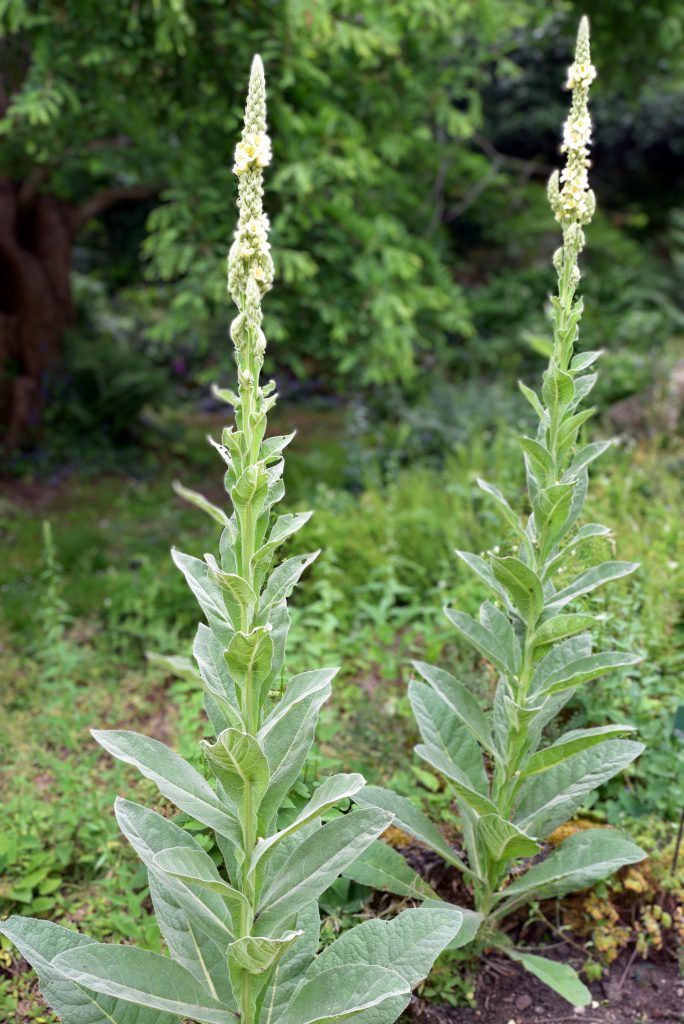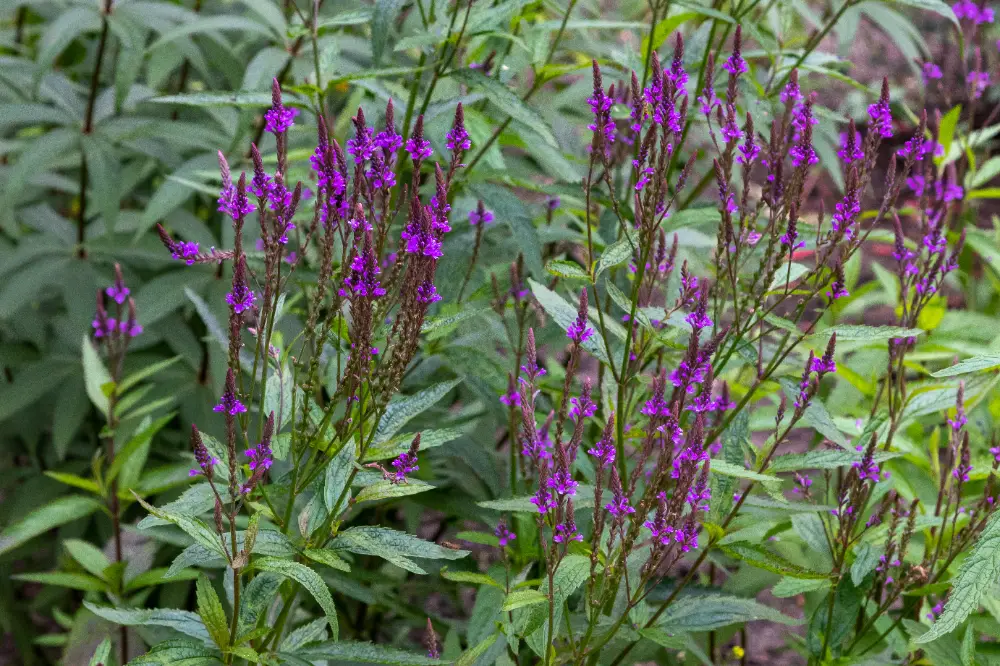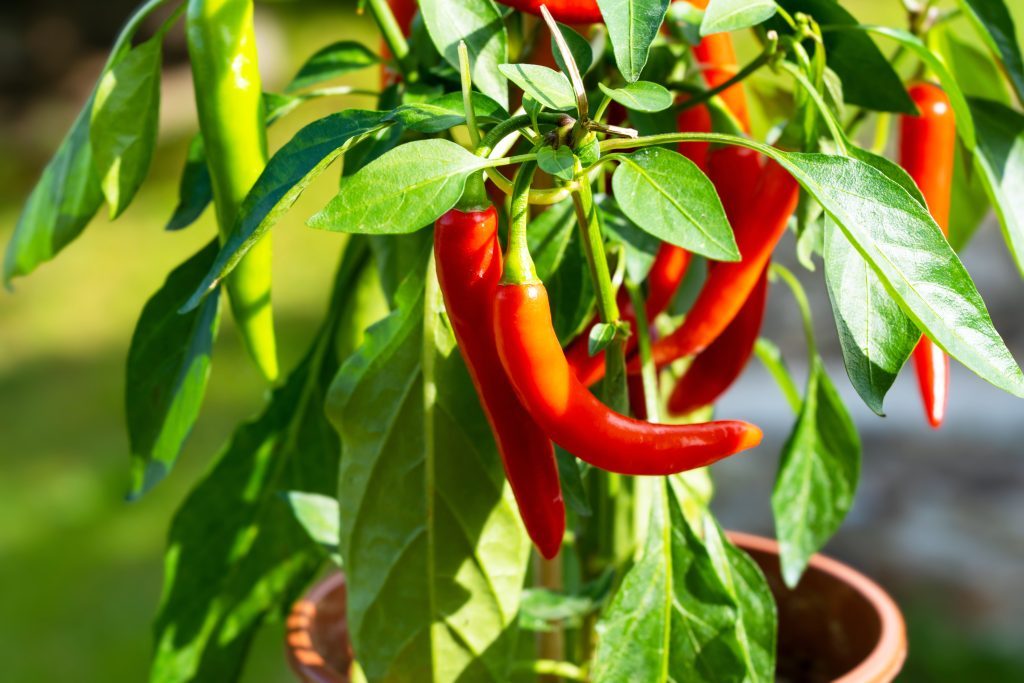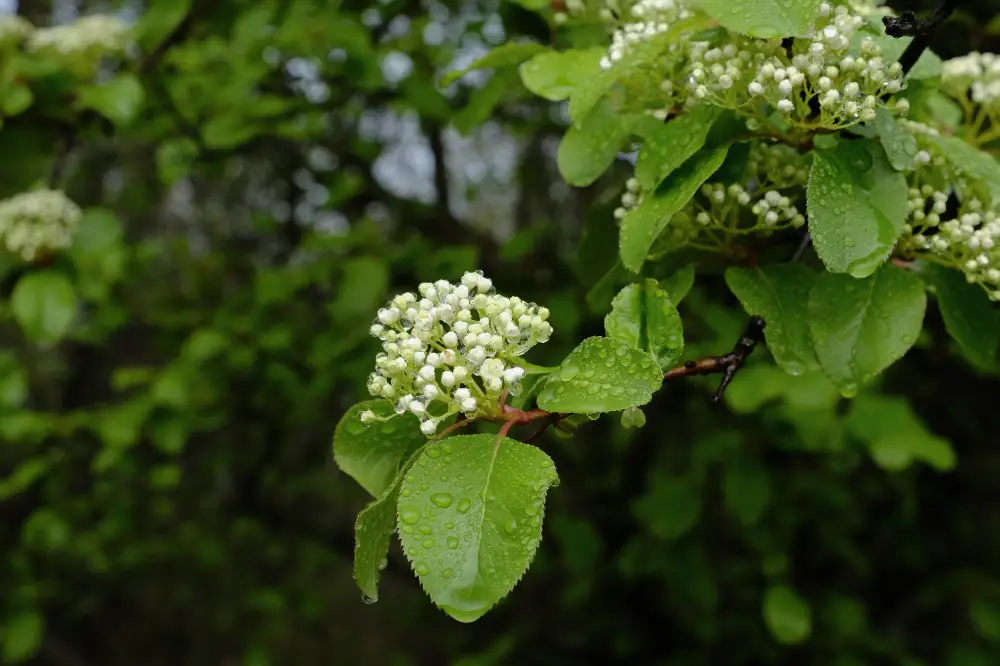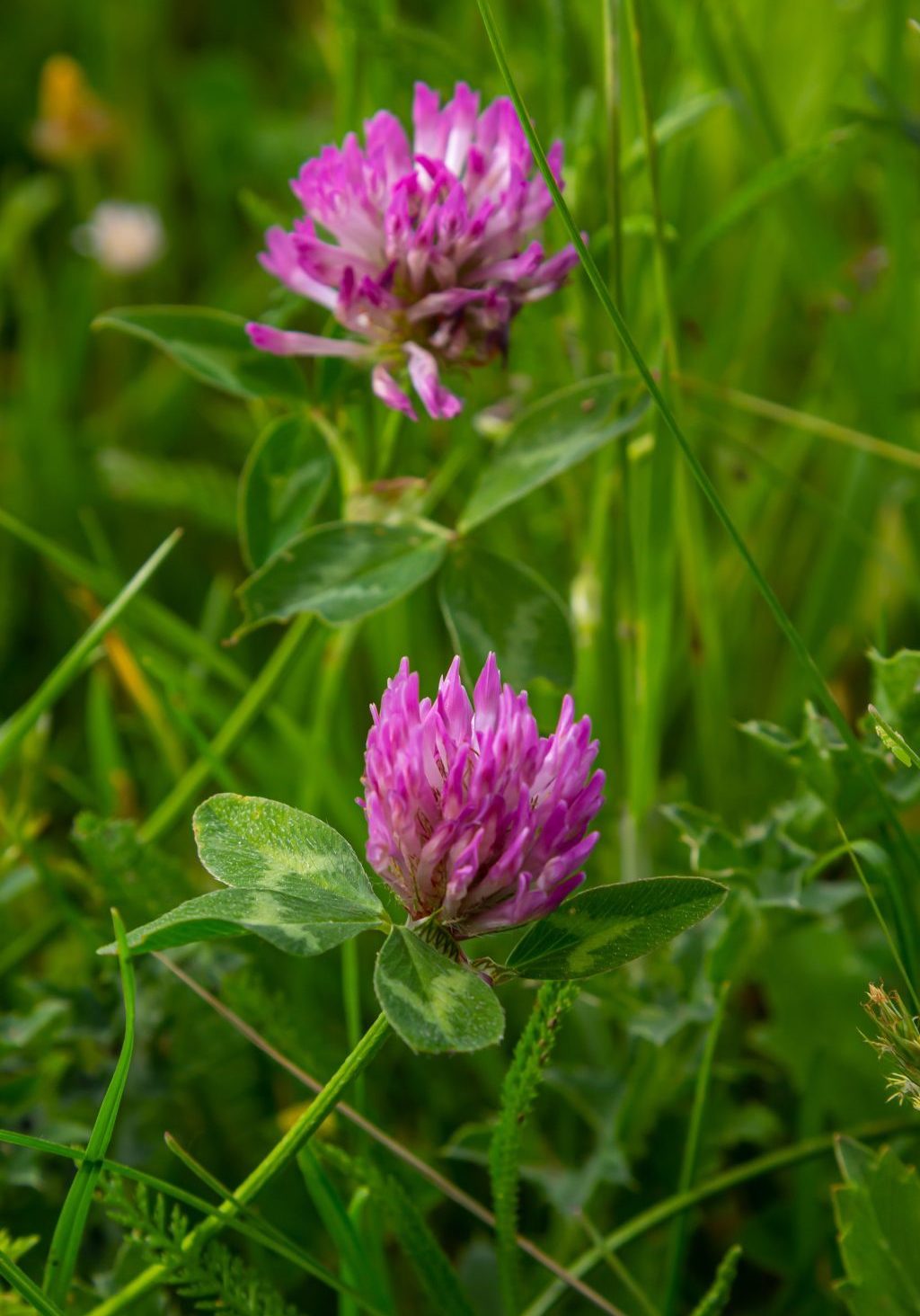
Red clover
Trifolium pratense
Fabaceae (Legume Family)
The Gentle Detoxifier for Hormonal Balance and Lymphatic Support
Other names:
Wild Clover, Cow Clover, Meadow Clover, Trefoil.
Superpower
Red Clover’s superpower lies in its ability to balance hormones, support women’s health, and promote detoxification.
Uses
Historical Use:
Trifolium pratense has long been used in European and Native American medicine as a blood cleanser and detoxifier. Historically, Red Clover was consumed as a tea to promote healthy skin, clear the lymphatic system, and balance hormones. It was also used for respiratory conditions, particularly as an expectorant to clear mucus from the lungs. The flowers and leaves were the most commonly used parts, prized for their ability to address a wide range of inflammatory and congestive conditions.
Current Uses:
- Hormonal Balance: Today, Red Clover is often used as a phytoestrogen, supporting hormonal balance in women, particularly during menopause. It helps alleviate symptoms such as hot flashes, night sweats, and irregular periods.
- Lymphatic Support: Red Clover’s detoxifying properties make it a valuable herb for lymphatic system support, helping to clear toxins and promote the body’s natural cleansing processes.
- Skin Health: The herb is still widely used for skin conditions like eczema, psoriasis, and acne, working both internally and externally to soothe inflammation and improve skin clarity.
- Respiratory Health: Red Clover continues to be used as an expectorant, helping to clear mucus from the lungs in cases of bronchitis, coughs, or congestion.
- Cardiovascular Health: Red Clover has shown promise in supporting heart health, particularly by improving circulation and reducing cholesterol levels.
Cautions
Toxicity:
Red Clover is generally considered safe when used appropriately. No significant toxicity has been reported at recommended doses.
Contraindications:
Pregnancy: Caution is advised during pregnancy due to Red Clover’s phytoestrogenic properties, which may have mild hormone-modulating effects.
Hormonal Sensitivity: Use caution in cases of estrogen-dependent cancers (theoretical).
Interactions:
Theoretical interaction of high doses with anti-platelet agents, hormone replacement therapy, and oral contraceptives.
Known Chemical Constituents
Isoflavones: Genistein, daidzein, biochanin A, formononetin, galacoside (phytoestrogens, support hormonal balance)
Flavonoids: Kaempferol, quercetin (antioxidant and anti-inflammatory)
Tannins: Astringent compounds that aid in tissue healing and toning
Coumarins: Small amounts that support blood-thinning effects
Phenolic Glycosides: Support detoxification and anti-inflammatory processes
Cyanogenic Glycosides: Contributes to the plant’s metabolic and immune properties
Volatile Oil: Provides soothing and aromatic effects
Vitamins: Rich in Vitamin C and B-complex
Minerals: Calcium, magnesium, potassium, phosphorus (supports bone health and overall vitality)
Saponins: Helps with detoxification and immune support
Polysaccharides: Provides soothing and immune-boosting effects
Botanical Description
Habitat: Trifolium pratense thrives in temperate regions, commonly found in meadows, pastures, and roadsides across Europe, Asia, and North America. It prefers moist, well-drained soils and is often cultivated as a cover crop due to its nitrogen-fixing abilities.
Leaves: The leaves are trifoliate, meaning they consist of three oval-shaped leaflets. Each leaflet has a distinctive white or light green crescent-shaped mark on the upper surface. The leaves are hairy, with finely serrated edges.
Stems: The stems are upright and branched, growing up to 50 cm (20 inches) tall. They are green and covered with fine hairs.
Flowers: The flowers are the most recognized feature of Red Clover, forming dense, round clusters of small, reddish-pink blooms. These flowers bloom from late spring through summer and are highly attractive to pollinators like bees.
Fruits: The fruit is a small pod that contains one to two seeds. These seeds are small and yellow-brown in color.
Roots: Red Clover has a deep, fibrous root system, which helps improve soil quality by fixing nitrogen. The roots are sometimes used in herbal medicine, although the flowers are the most commonly utilized part.
Fun Facts
Red Clover has long been associated with good luck and prosperity in folklore. The plant’s three-lobed leaves were often seen as a symbol of faith, hope, and love.
Parts Used
Flowerheads
Harvest
Timing: Red Clover flowers are best harvested during their peak bloom in late spring through early summer, when the flowers are vibrant and full of their medicinal properties. Leaves can also be collected at this time, although they are less commonly used than the flowers.
Method: Use scissors or pruners to gently cut the flowering tops. Be sure to leave some flowers on the plant to ensure regrowth and pollinator support. Harvest in the morning, after the dew has dried, but before the heat of the day.
Storage: Dry the flowers in a cool, shaded, and well-ventilated area to preserve their color and medicinal compounds. Store them in airtight containers, away from light and moisture. Red Clover flowers are best used within one year for maximum potency.
Preparations
Teas/Infusions: Red Clover is commonly brewed into a tea or infusion to support hormonal balance, detoxification, and skin health. It can be consumed regularly for general wellness, especially during menopause or for lymphatic support.
Tinctures: The tincture of Red Clover is used for detoxification, skin conditions, and hormonal regulation, offering a more concentrated form of its properties.
Poultices: Fresh or dried Red Clover flowers can be used in poultices to soothe skin irritations, rashes, or wounds. The flowers help reduce inflammation and promote healing.
Syrups: Red Clover can be made into a syrup to support respiratory health, helping to clear mucus and soothe coughs.
Capsules: Red Clover is sometimes taken in capsule form for its hormonal balancing and detoxifying properties.
Sacred Rituals
Brew a cup of Red Clover tea and sit in a quiet space, holding the warm cup close to your heart. As you sip, focus on the gentle, heart-centered energy of Red Clover, known for balancing emotions and promoting compassion. Visualize the warmth spreading through your body, softening any tension or emotional blockages. As you drink, repeat the affirmation: “I open my heart to healing, balance, and love.”
Affirmations
“I embrace balance and renewal, allowing my body and spirit to cleanse and heal with ease.”
Spiritual Associations
Often associated with renewal, cleansing, and protection. Its three-lobed leaves are said to represent the trinity or the unity of mind, body, and spirit.
Functions
An alterative is an herb or substance that gradually and gently improves the function of the body, often by enhancing the body’s natural detoxification and elimination processes, thereby promoting overall health and vitality.
Anti-inflammatoryA substance or agent that reduces inflammation in the body, soothing irritation, swelling, or redness in tissues.
Anti-tumorogenic
A substance or agent that inhibits or prevents the development and growth of tumors.
AntispasmodicA substance or agent that helps relieve or prevent involuntary muscle spasms, cramps, or contractions in smooth or skeletal muscles.
Blood PurifierA substance or agent that helps cleanse the blood by supporting the removal of toxins, improving circulation, and enhancing the function of detoxifying organs like the liver, kidneys, and lymphatic system.
Detox and cleanseProcesses aimed at removing toxins and impurities from the body, often through dietary changes, herbal support, and lifestyle modifications to promote optimal health and well-being.
HepaticA substance or agent that supports, protects, and enhances the function of the liver, including detoxification, bile production, and overall liver health.
Hormonal HealthThe balanced functioning of the body’s endocrine system, ensuring the proper regulation of hormones responsible for metabolism, growth, reproduction, mood, and overall homeostasis.
Nervine sedativeA nervine sedative is a substance that calms the nervous system and promotes sleep or deep relaxation, often used to alleviate anxiety, agitation, or insomnia.
NutritiveA nutritive is a substance that provides essential nutrients, supporting the body’s growth, repair, and overall vitality.
PhytoestrogenicA phytoestrogenic substance contains plant-derived compounds that mimic or modulate the effects of estrogen in the body by binding to estrogen receptors.
Respiratory HealthRefers to the optimal functioning of the lungs and airways, enabling efficient breathing and the exchange of oxygen and carbon dioxide.
Skin, Hair & Nail HealthRefer to a variety of disorders or irritations affecting the skin, including rashes, dryness, inflammation, infections, or chronic issues like eczema and psoriasis.

